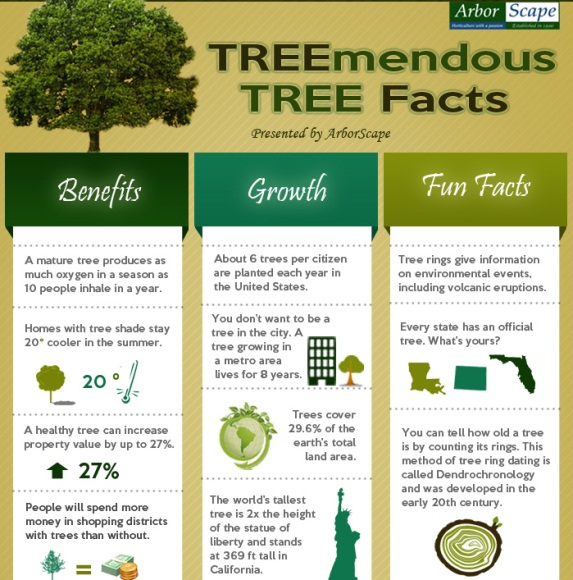Signs Suggesting The Demand For Tree Removal: Recognizing Risky Trees
Signs Suggesting The Demand For Tree Removal: Recognizing Risky Trees
Blog Article
How To Prune A Weeping Redbud Tree -Reid Enemark
When it involves tree treatment, recognizing the indicators that it's time for elimination is crucial for your safety and security and residential or commercial property. You might see blemished fallen leaves, wilting branches, or odd fungal developments showing health issue. Structural issues, like a significant lean or fractures in the trunk, can likewise position risks. Comprehending these indication can aid you make notified choices regarding your trees and protect against possible hazards prowling in your backyard. What should you seek next?
Indications of Decay and Disease
When you notice indicators of decay and condition in your trees, it's critical to act quickly. Search for blemished leaves, wilting branches, or uncommon growths like fungi. These can indicate that your tree is battling.
If you see cracks in the bark or soft, mushy wood, these signs suggest interior decay. In addition, a sudden rise in pests around your tree can signify that it's deteriorated and at risk.
Look for any kind of dead or passing away arm or legs, as they position a danger to your property and safety and security. If you doubt regarding what you see, speaking with an arborist can give clearness.
Attending to these indicators early can conserve you from much more considerable damages and guarantee the wellness of your yard. Do not wait till it's far too late.
Structural Instability and Leaning
As you observe your trees, keep an eye out for any kind of indications of architectural instability or leaning. If https://kwwl.com/2020/08/15/out-of-town-tree-trimmers-expect-to-be-in-cedar-rapids-for-months/ leans dramatically, it may suggest that the origin system is jeopardized.
https://drill-holes-in-stump95062.blog-a-story.com/16219267/understanding-the-need-of-tree-stump-removal-for-your-building-and-the-correct-strategies-to-implement-it-efficiently for any cracks in the trunk or dirt around the base; these can indicate possible failure. Furthermore, look for uncommon development patterns, like a lopsided crown, which might suggest that the tree is having a hard time to hold itself upright.
If you see that the tree leans toward your home, high-voltage line, or various other structures, it positions a better threat. Do not ignore these signs-- get in touch with an arborist to evaluate the circumstance.
Taking action early can avoid expensive damages and guarantee your safety and security.
Dead or Dying Branches and Vegetation
If you observe dead or passing away branches and foliage on your tree, it's a clear sign that something's incorrect.
These unhealthy areas can indicate underlying concerns like illness, pest infestations, or environmental anxiety. When branches shed their leaves or turn brown, they're no more adding to the tree's health. Ignoring these indicators might lead to more decrease, making your tree more unsafe.
Dead branches can conveniently break short throughout storms, positioning a threat to property and people nearby. It's important to assess the extent of the damages.
If the issue influences a significant part of the tree, consider speaking with a specialist. They can aid determine if removal is essential to guarantee safety and maintain the appeal of your landscape.
Conclusion
If you observe any type of indicators of decay, structural instability, or dead branches on your trees, do not neglect them. These indications can position major safety and security dangers to you and your residential or commercial property. It's always best to seek advice from an expert arborist who can supply an expert evaluation of your trees. Acting early can prevent mishaps and expensive damages, ensuring your landscape continues to be safe and healthy and balanced. Keep in mind, it's much better to be proactive about tree treatment than to wait for a calamity to happen.
